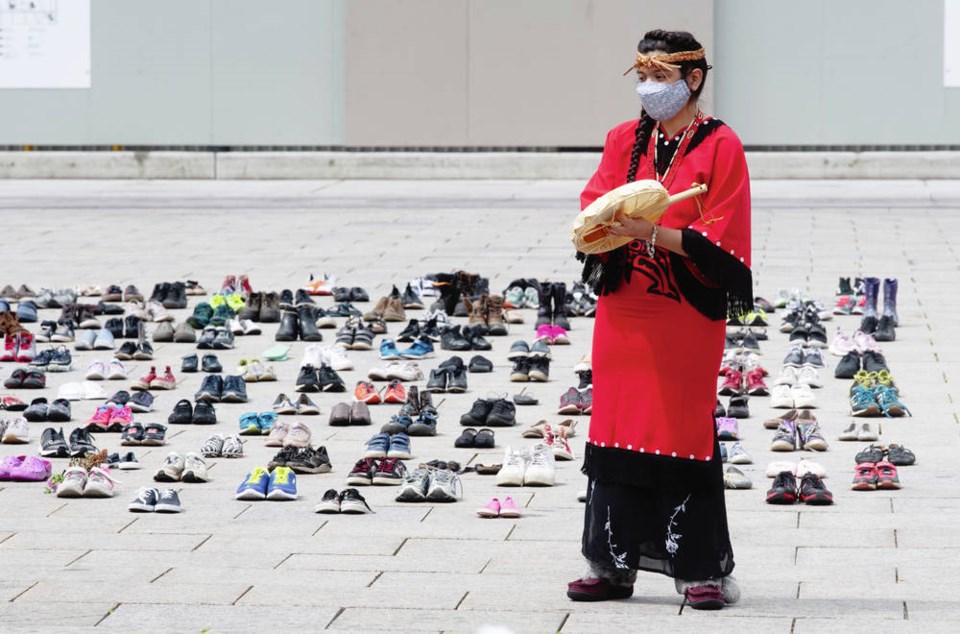This past week there has been a lot of awareness and protest in honour of the 215 children whose remains were located on the grounds of the former Kamloops Indian Residential School.
People have been wearing orange shirts to honour them.
Orange Shirt Day, September 30, is a day to honour the residential school survivors and the children who never made it home, including those in Kamloops.
Social media drove the push for people to wear orange this week and news spread quickly. Within a couple of days, I saw a different kind of post. This post implied that wearing orange was not good enough.
I know there is always more action that can be taken, but we need to be able to meet people where they are at.
I don’t want to see anyone shamed for wearing an orange shirt. The act of wearing orange is a demonstration of support and acknowledgement that raises awareness and demonstrates compassion.
Hearing of the remains of 215 children is troubling, overwhelming and hard to hear. If someone is unsure where to start and that first step is wearing an orange shirt, I support that.
We are living in a time where people are quick to criticize actions of others before they acknowledge what people are doing.
If, right now, the only step someone has taken is to wear an orange shirt, it is a step. One step will lead to more steps.
In my work in Indigenous relations, I often hear from non-Indigenous people who want to build relationships and partnerships, but they are nervous to make mistakes. We should accept people who are trying and willing to take the steps to learn.
In my life and in my work, I have met many residential school survivors, many of whom have shared their stories with me. The stories are hard to hear and some of them haunt me.
Every residential school survivor I have met said they were called stupid so many times that they often believed it.
Our children in school today are taught to think creatively and to solve problems. They are told about their potential and that hard work pays off. This is not the experience I hear from residential school survivors.
In What Happened to You, a new book by Bruce D. Perry and Oprah Winfrey, they explain that, often, when someone’s behaviour is troubling to others, we are quick to think: “What is wrong with you?” Often these behaviours are the result of trauma and our response should be: “What happened to you?”
We all know the stereotypes in our society around Indigenous people, and so often people get caught up in these stereotypes and ask the question: “What is wrong with you?”
The 215 children who were buried at Kamloops Indian Residential School have shook our nation and people are saddened, outraged and horrified. We should remember that those children had families and their family members are still affected.
These traumas affect future generations. The school is Kamloops is just one residential school in Canada, there are more stories.
We all have bias, it is inevitable. This week, I encourage readers to look within and identify your own bias. If there is some bias towards Indigenous people, think of these 215 children, their stories and their families, and then ask the question: “What happened to you?”
< p=""> <>



